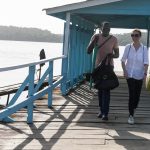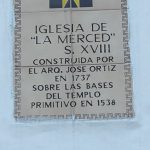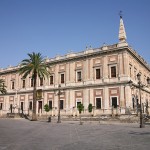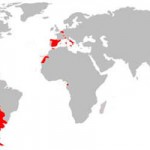
Upriver to Mazaruni Prison (Guyana)
One of the wonderful things about ‘blue skies’ research is the element of surprise that it can throw up. When I began work on ‘The Carceral Archipelago’ project, I had not planned to work on the British Caribbean. I had long been aware of early-modern British and Irish convict flows to islands like Barbados, […]

Ecuadorian thoughts on religion, power and the subaltern classes
The Iglesia de la Merced, in Quito, was built in 1737 on the remains of the original church that dated from 1538 – four years after the foundation of the city. The church is situated in the city centre, at less than one kilometre distance from all other main sites of the colonial period: the […]

Thinking About Convict Objects, in French Guiana
In the Musée Départemental Alexandre Franconie in Cayenne there is a room dedicated to the history of the French colonial bagne (prison). Among the displays of artwork copied from the paintings of the well-known convict artist Francis Lagrange are a handful of objects made by convict craftsmen. One is by Lagrange himself, a small and […]

The Carceral Archipelago Conference, Leicester 13-16 September 2015
The Carceral Archipelago conference, held in Leicester from 13 to 16 September 2015, felt just like reading over thirty outstanding monographs in two-and-a-half days, getting to know their authors personally, and having the chance to reflect collectively about their mutual entanglements. It was an intense marathon through the burgeoning field of the global history of […]

Spanish Pacific – the exhibition and the catalogue
During my research trip to Seville in January 2014, and then again in March, I had the opportunity to visit the exhibition Pacífico: España y la aventura de la Mar del Sur (Pacific : Spain and the adventure of the South Sea). It was hosted in the magnificent building situated between the Cathedral and the Real […]

What if the Philippines and Guinea belong to America?
In the context of the Carceral Archipelago project, my research addresses the circulation of convicts to and within colonial and post-colonial Latin America, in connection to other (“free” and “unfree”) labour flows and other types of punishment. The focus lies on convict transportation to colonial military fortifications (presidios) and post-colonial penal colonies, and the chronology […]

Recent Comments